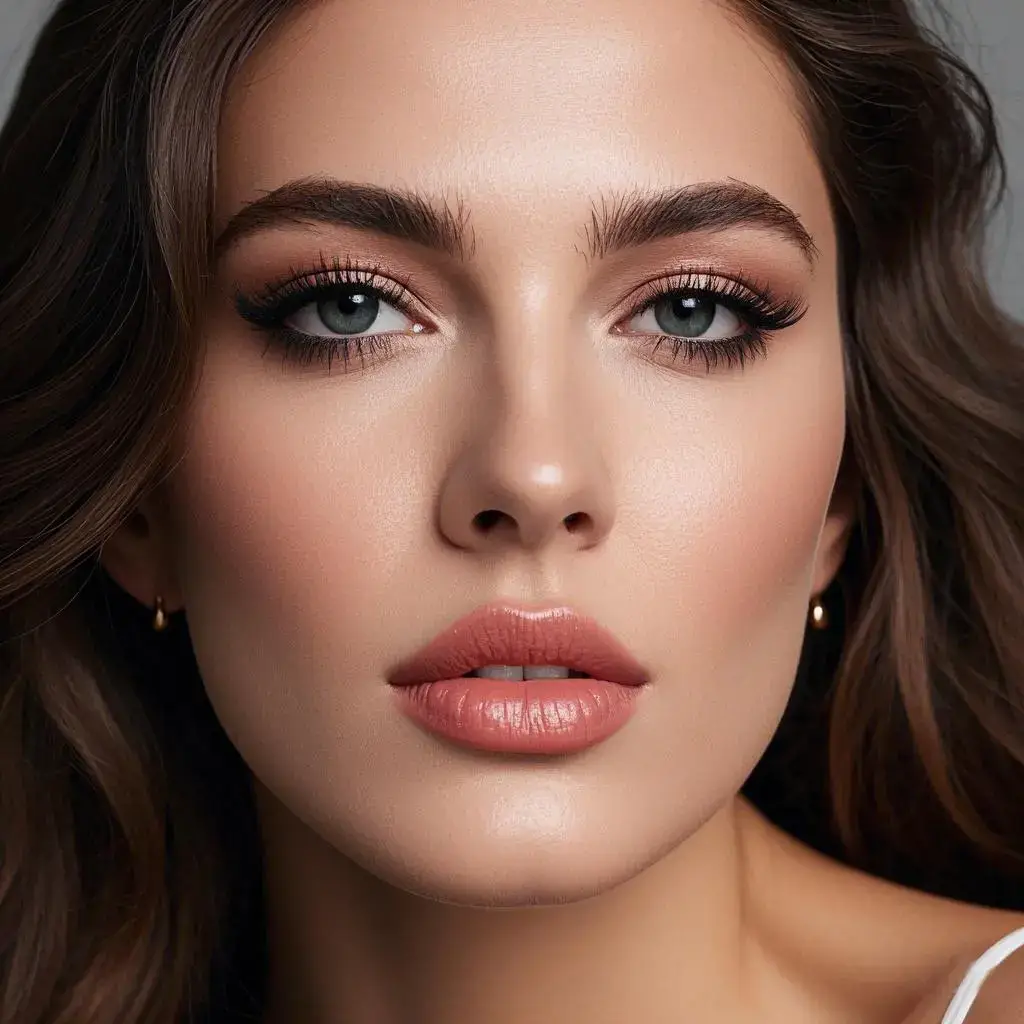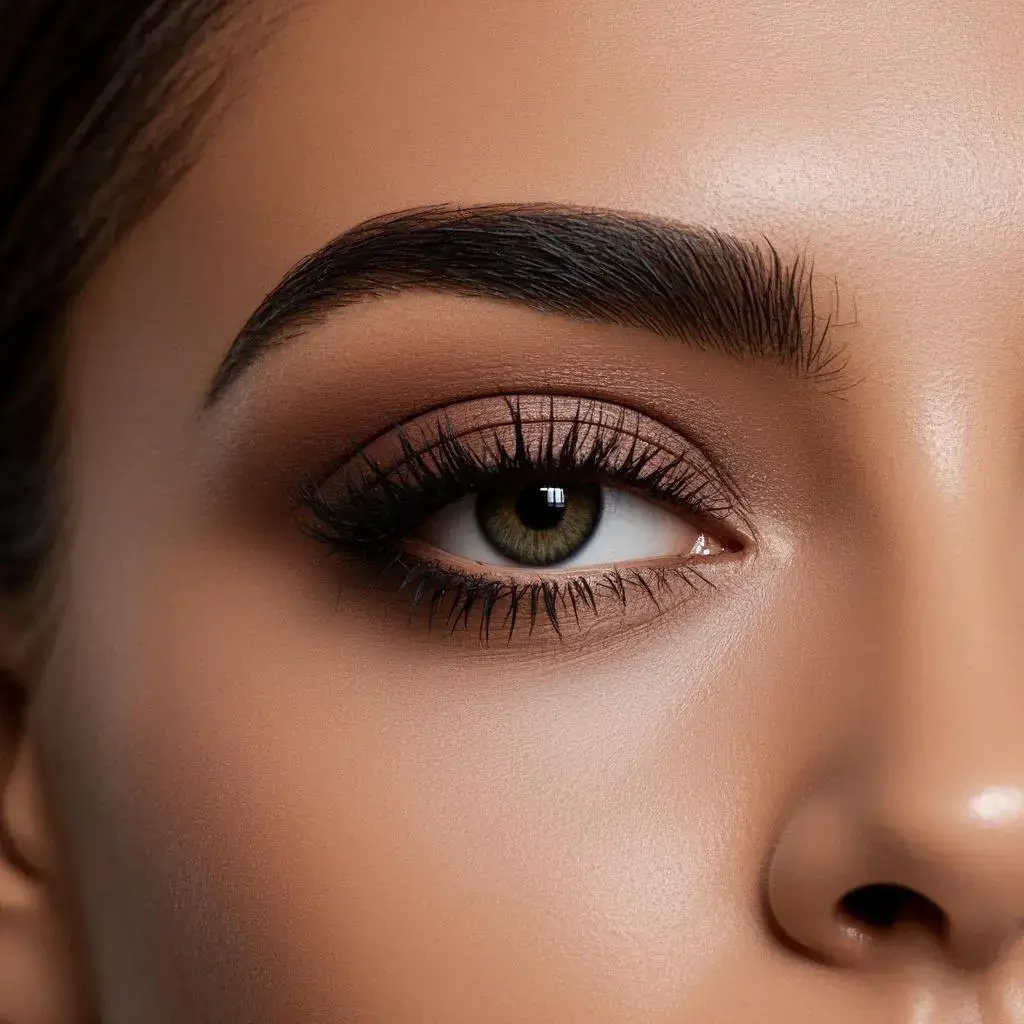

Sophia Louise Taylor
2024-11-30

False eyelashes have become an essential beauty product for enhancing eye makeup, but for individuals with sensitive eyes, the application of falsies can be a tricky affair. Whether it’s irritation, dryness, or discomfort, those with sensitive eyes may feel hesitant about incorporating false lashes into their beauty routine. However, with the right choices in lash materials, adhesives, and application techniques, sensitive-eyed individuals can enjoy the benefits of false lashes without the discomfort.
This professional guide explores how to choose and wear false eyelashes safely for sensitive eyes, addressing everything from materials to proper maintenance.
Before diving into solutions, it’s important to understand why sensitive eyes may react to false lashes in the first place. Sensitivity can be caused by several factors:
The first step in avoiding irritation is choosing false lashes made from materials that are gentle on the eyes. Here’s a breakdown of some options that are safe for those with sensitive eyes.
Mink Lashes (Cruelty-Free): While traditionally made from animal fur, cruelty-free mink lashes are now available. These lashes are known for their soft, lightweight texture, which is ideal for sensitive eyes. The natural fibers are less likely to irritate compared to synthetic options.
Silk Lashes: Silk lashes are another great alternative, offering a lightweight, soft feel that is gentle on the eyes. They have a natural shine and are less likely to irritate the delicate skin around the eyes. Although they are slightly heavier than mink, they are still a good option for those looking for a more luxurious feel.
Synthetic Lashes (Premium): High-quality synthetic lashes made with soft, fine fibers can be gentle on sensitive eyes. Opt for synthetic lashes that are specifically labeled “hypoallergenic” or “dermatologist-approved” for the best results.
Heavier lashes, especially those designed for dramatic looks, can sometimes feel cumbersome and uncomfortable, particularly if you have sensitive eyes. Choose lashes that are lightweight and flexible to ensure they don’t put too much pressure on your eyelids or cause discomfort. Wispy lashes with a thinner band or those designed to mimic natural lash growth can provide a more comfortable experience for sensitive eyes.
A thick, stiff lash band can make it difficult to achieve a comfortable fit, and it may press uncomfortably on the eyelid. For sensitive eyes, opt for lashes with a thinner, more flexible band. These bands not only feel lighter but are also easier to adjust to the natural curve of the eyelid, making them ideal for those who experience irritation from thicker bands.

While choosing the right false lashes is important, selecting an appropriate adhesive is equally crucial, especially for those with sensitive eyes. Many traditional lash glues contain ingredients that can trigger irritation or allergic reactions, so it’s essential to choose an adhesive that is specifically formulated for sensitive eyes.
Latex is a common irritant for individuals with sensitive skin or allergies, making latex-free lash adhesives the best choice for those prone to reactions. These glues are less likely to cause redness, itching, or swelling. Always check the label for a “latex-free” designation to ensure safety.
Hypoallergenic lash glues are designed with sensitive skin in mind and are typically free of common irritants such as formaldehyde, parabens, and fragrances. These adhesives are often recommended for individuals who have experienced allergic reactions to conventional glues. Look for brands that advertise their adhesives as “safe for sensitive eyes” or “dermatologist-tested.”
Clear adhesives are often the safest bet for sensitive eyes, as they tend to contain fewer dyes and chemicals that could cause irritation. Black lash adhesive, while popular for its ability to blend seamlessly with eyeliner, may contain additional pigments or preservatives that could cause a reaction in some individuals.
The way false lashes are applied can also affect how comfortable they are for sensitive eyes. Follow these professional tips for a seamless and irritation-free lash application:
When applying false lashes, ensure that the band is placed just above your natural lash line, without touching the sensitive skin of the eyelid or the eyeball itself. This reduces the chance of irritation and helps prevent the lashes from shifting during wear, which could lead to discomfort.
Always apply lashes with a clean pair of tweezers or a lash applicator. Dirty tools can transfer bacteria and makeup residue to your eyes, increasing the risk of irritation or infection. Clean your tools thoroughly before each application to minimize the chances of introducing unwanted elements to your sensitive eyes.
One of the most common mistakes is applying lashes when the adhesive is too wet. Instead, allow the glue to dry for a few seconds until it becomes tacky, which helps the lashes adhere better without the risk of the glue seeping into the eyes.
If you’re prone to dryness or irritation, consider using a lash primer before application to create a protective barrier between your natural lashes and the adhesive. Similarly, when it’s time to remove the lashes, use a gentle, oil-free remover designed for sensitive eyes to avoid unnecessary tugging or irritation.
Proper maintenance and hygiene are essential for preventing irritation and prolonging the life of your lashes. Here are some professional tips to keep your lashes clean and your eyes safe:
False eyelashes can be a beautiful addition to any makeup routine, even for those with sensitive eyes. By choosing the right materials, adhesive, and application methods, you can enjoy the stunning effects of false lashes without compromising comfort. Whether you opt for natural mink lashes, soft silk, or hypoallergenic synthetic options, the key is to prioritize eye health, safety, and proper maintenance.
With these expert tips and considerations, individuals with sensitive eyes can confidently incorporate false lashes into their beauty regimen, enhancing their eyes without the risk of discomfort or irritation.
©2025. Becoda. All Rights Reserved.